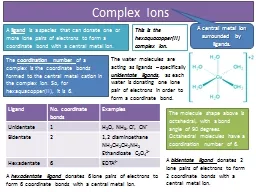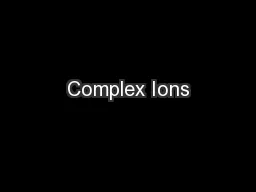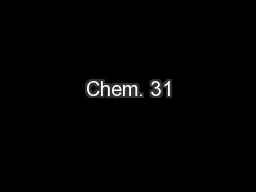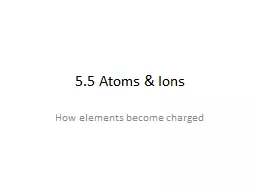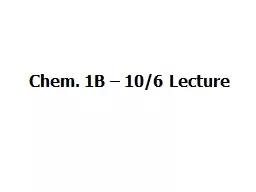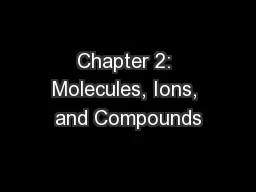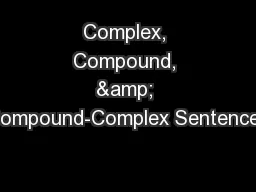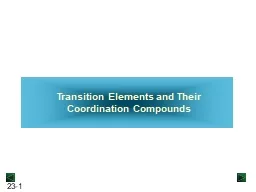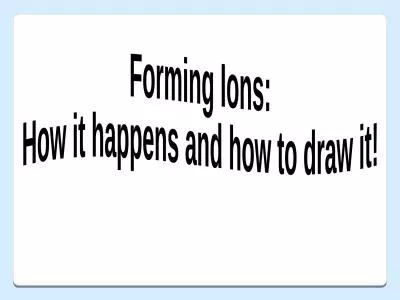PPT-Complex Ions
Author : sherrill-nordquist | Published Date : 2016-05-23
A ligand is a species that can donate one or more lone pairs of electrons to form a coordinate bond with a central metal ion A central metal ion surrounded by
Presentation Embed Code
Download Presentation
Download Presentation The PPT/PDF document "Complex Ions" is the property of its rightful owner. Permission is granted to download and print the materials on this website for personal, non-commercial use only, and to display it on your personal computer provided you do not modify the materials and that you retain all copyright notices contained in the materials. By downloading content from our website, you accept the terms of this agreement.
Complex Ions: Transcript
Download Rules Of Document
"Complex Ions"The content belongs to its owner. You may download and print it for personal use, without modification, and keep all copyright notices. By downloading, you agree to these terms.
Related Documents

